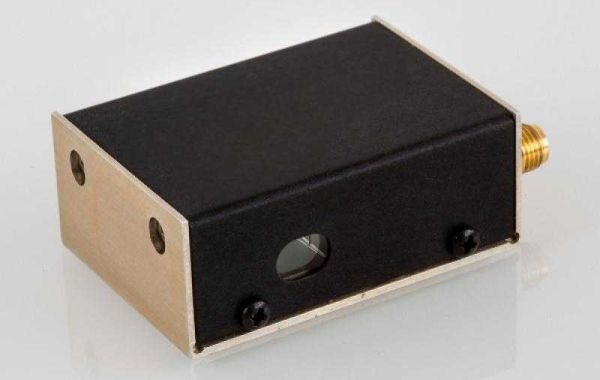Space acousto-optic modulators (SAOMs) are a specialized type of AOM that offer unique advantages in terms of their ability to manipulate light beams in multiple dimensions. This article delves into the key features and applications of SAOMs.
Key Features of SAOMs:
- Two-Dimensional Control:SAOMs can control both the direction and intensity of a light beam in two dimensions.
- High-Speed Switching:SAOMs can switch light beams between different output channels at extremely high speeds.
- Multi-Channel Operation:SAOMs can simultaneously control multiple light beams, enabling parallel processing and complex signal manipulation.
Applications of SAOMs:
- Optical Switching:SAOMs can be used to create high-speed optical switches, which are essential for directing and routing light signals in optical networks.
- Optical Signal Processing:SAOMs can perform various signal processing functions, such as filtering, modulation, and beam steering.
- Optical Computing:SAOMs can be integrated into optical computing systems to perform complex calculations at the speed of light.
- Laser Beam Steering:SAOMs can be used to steer laser beams with high precision, enabling applications in laser ranging, lidar, and free-space optical communication.
Advantages of SAOMs:
- High Speed:SAOMs can operate at extremely high speeds, enabling real-time signal processing and control.
- Flexibility:SAOMs can be configured to perform a wide range of functions, making them highly versatile.
- Scalability:SAOMs can be scaled to accommodate a large number of input and output channels, enabling complex optical systems.
In conclusion, space AOMs represent a significant advancement in the field of photonics, offering unprecedented control over light beams. Their unique capabilities have the potential to revolutionize various industries, from telecommunications to optical computing. As technology continues to evolve, SAOMs are poised to play a pivotal role in shaping the future of photonics.








